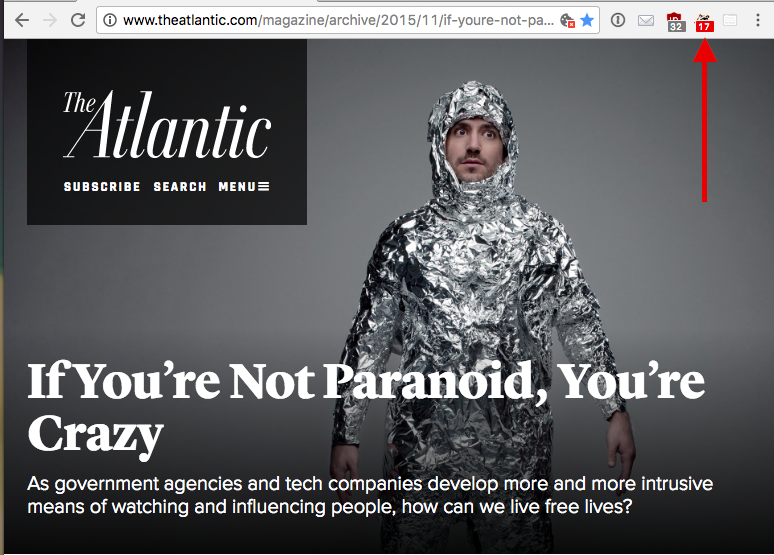Chapter 1. Introduction
All human beings have three lives: public, private, and secret.
Gabriel García Márquez, Gabriel García Márquez: A Life
If only the “controversial” stuff is private, then privacy is itself suspicious. Thus, privacy should be on by default.
We live more and more of our lives digitally. We consistently create significant portions of our social, health, financial, and work data through web services. We then link that data together by connecting accounts and permitting the services that we use to track the other sites we visit, trusting these sites implicitly. Even our use of search engines can predict patterns and provide insights into our health and personalities. In 2016 John Paparrizos MSc, Ryen W. White PhD, and Eric Horvitz MD PhD published a study in which they were able to use anonymized Bing search queries to predict diagnoses of pancreatic cancer.
In the article “With Great Data Comes Great Responsibility,” Pascal Raabe (Paz) eloquently describes how our digital data represents our lives:
We’re now producing more data on a daily basis than through all of history. The digital traces we’re leaving behind with every click, every tweet and even every step that we make create a time machine for ourselves. These traces of our existence form the photo album of a lifetime. We don’t have to rely on memory alone but can turn to technology to augment our biological memories and virtually remember everything.
In light of how much data we produce, the security of our digital information has become a point of concern among many people. Web surveillance, corporate tracking, and data leaks are now common leading news stories. In a 2016 Pew Research survey on the state of privacy in the US, it was found that few Americans are confident in the security or privacy of our data:
Americans express a consistent lack of confidence about the security of everyday communication channels and the organizations that control them – particularly when it comes to the use of online tools. And they exhibited a deep lack of faith in organizations of all kinds, public or private, in protecting the personal information they collect. Only tiny minorities say they are “very confident” that the records maintained by these organizations will remain private and secure.
In 2015, author Walter Kirn wrote about the state of modern surveillance for the Atlantic magazine in an article titled “If You’re Not Paranoid, You’re Crazy.” When I viewed the online version of the article, hosted on the Atlantic’s website, the Privacy Badger browser plug-in detected 17 user trackers on the page1 (upper right in Figure 1-1). Even when we are discussing tracking, we are creating data that is being tracked.

Figure 1-1. Screenshot from the Atlantic’s website showing the number of trackers present on the page
Our Responsibility
As web developers, we are the first line of defense in protecting our users’ data and privacy. In this report, we will explore some ways in which we can work to maintain the privacy and security of our users’ digital information. The four main concepts we’ll cover are:
- Respecting user privacy settings
- Encrypting user connections with our sites
- Working to ensure the security of our users’ information
- Providing a means for users to export their data
If we define ethics as “making choices that have the most positive effect for the largest number of people,” putting in place strong security protections and placing privacy and data control in the hands of our users can be considered the ethical approach. By taking extra care to respect our users’ privacy and security, we are showing greater commitment to their needs and desires.
1 As detected by the Privacy Badger browser plug-in
Get Building Web Apps that Respect a User's Privacy and Security now with the O’Reilly learning platform.
O’Reilly members experience books, live events, courses curated by job role, and more from O’Reilly and nearly 200 top publishers.

